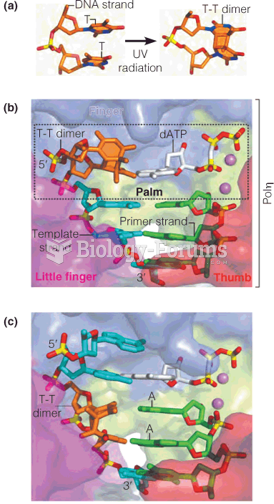Answer to Question 1
The medical model views emotional and behavioral problems as mental illness, comparable to physical illness. Medical labels (for example, schizophrenia, paranoia, psychosis, insanity) are thus applied to emotional problems. Adherents of the medical approach believe that the disturbed person's mind is affected by some generally unknown internal condition. That condition, they assert, might be due to genetic endowment, metabolic disorders, infectious diseases, internal conflicts, unconscious use of defense mechanisms, or traumatic early experiences that cause emotional fixations and prevent future psychological growth. The major evidence for the validity of the medical model approach comes from studies suggesting that some mental disorders, such as schizophrenia, may be influenced by genetics (heredity). The bulk of the evidence for the significance of heredity comes from studies of twins. For example, identical twins have been found to have a concordance rate (that is, if one has it, both have it) for schizophrenia of about 50. The rate of schizophrenia in the general population is about 1. So when one identical twin has been diagnosed with schizophrenia, the other is 50 times more likely than the average to also be diagnosed with schizophrenia. This suggests a causal influence of genes, but not genetic determination, as concordance for identical twins is only 50, not 100.
Critics of the mental-illness approach assert that medical labels have no diagnostic or treatment value and frequently have an adverse effect. Thomas Szasz, in the 1950s, was one of the first authorities to state that mental illness is a myth-that it does not exist. Szasz's theory is interactional; it focuses on the processes of everyday social interaction and the effects of labeling on people. Beginning with the assumption that the term mental illness implies a disease in the mind, Szasz discusses the inappropriateness of calling such human difficulties mental illnesses and categorizes all of the so-called mental illnesses into three types of emotional/behavioral disorders:
1. Personal disabilities, such as excessive anxiety, depression, fears, and feelings of inadequacy. Another term for personal disabilities is unwanted emotions. Szasz says these so-called mental illnesses may appropriately be considered mental (in the sense that thinking and feeling are considered mental activities), but they are not diseases.
2. Antisocial acts, such as bizarre homicides and other social deviations. Homosexuality used to be in this category but was removed from the American Psychiatric Association's list of mental illnesses in 1974. Szasz says such antisocial acts are only social deviations; they are neither mental nor diseases.
3. Deterioration of the brain with associated personality changes. This category includes the mental illnesses in which personality changes result following brain deterioration from such causes as Alzheimer's disease, arteriosclerosis, chronic alcoholism, general paresis, AIDS, or serious brain damage caused by an accident. Common symptoms are loss of memory, listlessness, apathy, and deterioration of personal grooming habits. Szasz says these disorders can appropriately be considered diseases, but they are diseases of the brain rather than diseases of the mind.
Answer to Question 2
Emotional and behavioral problems are two comprehensive labels covering an array of disturbances: depression, excessive anxiety, feelings of inferiority or isolation, alienation, sadistic or masochistic tendencies, marital difficulties, broken romances, parent-child relationship difficulties, hyperactivity, unusual or bizarre behavior, aggressiveness, phobias, child or spousal abuse, compulsive or obsessive behavior, guilt, shyness, violent displays of temper, vindictiveness, nightmares or insomnia, sexual deviations, eating disorders, and so on.
Each problem has unique and sometimes numerous potential causes. Depression, for example, may stem from biochemical imbalances, from the loss of a loved one or of something highly valuable, from feelings of guilt or shame, from knowledge of an undesirable impending event (for example, discovery of a terminal illness), from aggression turned inward, from certain physical factors such as menopause, from feelings of inadequacy or inferiority, from self-denigrating thoughts, or from feelings of loneliness or isolation. One of every five Americans (age 18 and older) experiences some form of emotional or behavioral disorder at some point during any given year. These disorders range from mild depression and anxiety to suicide ideation or a severe eating disorder such as anorexia. Every year more than 6 million people receive mental health care in the United States.







